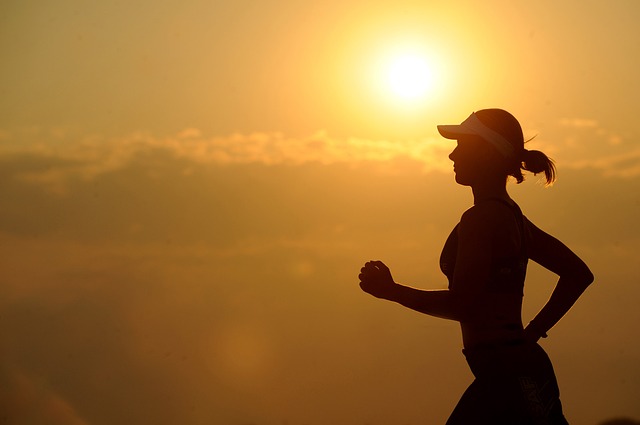
How to Get In Shape for Backcountry Skiing
As summer comes to an end, the mornings start to cool off, and we start thinking about the peaks we want to summit this winter, some of us might glance down and notice that all of those backyard margaritas and barbecue have found a new home in our waistline. That doesn’t bode well for our ski touring performance this season! Luckily I’m here to give you some tips to prep your body for some backcountry adventures.
Maybe you haven’t been training as much as usual this summer because you were having too much fun or maybe your goal is to get in even better shape for the ski season than ever before. Either way, this article will help you determine what to focus on in order to perform your best this season and get in shape for backcountry skiing. There’s a special section at the end for desk jockeys (I feel your pain, literally).
Why Should I Care About This?
There is no doubt about it – backcountry skiing is hard. Each of your feet is a firmly buckled into a fairly inflexible boot that weighs at least a couple of pounds. You’re dragging a pair of what are essentially boards that are between 5 and 6 feet long and weigh a few pounds each and attached to your boots via a pair of bindings. Add this all up and you’re moving a significant amount of weight with every step. Oh, and don’t forget that you have a 20-40 liter pack on your back with the rest of your gear. Another 10-20 lbs, depending on how many snacks you packed.
Don’t get me wrong, backcountry skiing is a lot of fun. I’m not trying to scare you, but the reality is that it’s a fair bit of work. You have to be in at least a decent semblance of shape to have a fun day out in the mountains unless you’re a real masochist. And the better shape you’re in, the more turns you can get in! Powder turns = fun. More powder turns = more fun. Simple equations. Remember them.
The Basic Elements
There are two things to consider when you’re talking about getting in shape for backcountry skiing: strength and endurance. In the simplest terms, strength is the ability to move a weight or resist a force while endurance is the ability to do an activity (like climb a mountain) for an extended period of time.
Strength
You don’t have to be as strong as the hulk to enjoy ski touring. Far from it in fact, but you will need fairly decent strength to climb mountains with skis on your feet and a pack on your back. Think about it this way – if you had 15 pounds on your back and had to step up onto a step, would you be able to do that easily?
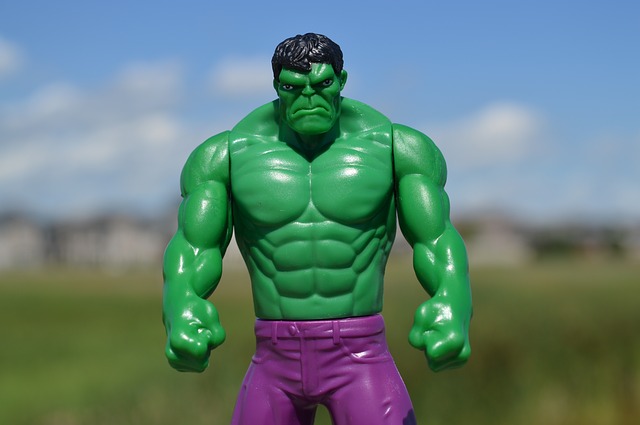
The stronger you are the easier it is to take each step when touring – this is a simplification, but will work for our purposes. There is a balance though – being really big and strong means that you have more body weight to move with each step. What we’re seeking is a decent base of strength (i.e. how much absolute force you can resist) with a high strength-to-weight ratio, meaning you’re strong for your weight.
Endurance
Having decent (or great) endurance is more beneficial than being super strong for backcountry skiing. Most of your days will be spent hiking or climbing and this means hour after hour of ascending skin tracks. Each step requires a certain amount of strength to accomplish, but endurance gives you the ability to perform thousands of steps.
Many of you might be thinking of ‘cardio’ training as a synonym for endurance and while they are definitely related, they aren’t quite one and the same. To be sure, if you focus on cardio training your endurance will almost certainly improve, but it’s only one aspect that we should be focusing on.
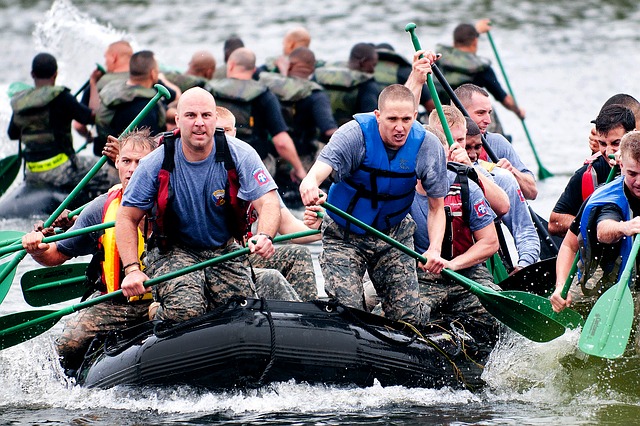
Cardio training is anything that gets your heart rate up, gets you breathing heavier and increases the strength of your cardiovascular system (hence the name ‘cardio’ training). Endurance training is training that allows you to ‘endure’ more of an activity and last longer on the trail and comprises both cardio and muscular endurance. That’s right, cardio is only one part of the endurance training picture.
strength, endurance, weighted pack hiking, leg blasters, running, mtb, basic strength training, stretches/rehab for office workers
Where to Start?
Where to start really depends on what kind of shape you’re in currently. Training for a very sedentary person would be very different than an amateur endurance athlete for example.
If you’re an absolute couch potato, anything you do will help you. Just start doing something. Start with a 15 minute walk after supper or in the morning before work. Every week make the walk 5 minutes or a certain distance longer; you could also do the walk an additional day a week, throw a bit of weight in a backpack, or walk twice a day some days. From there, progress to jogging, add a bit of resistance training (more on that below) and before you know it you’ll be ready to go.
The key is to develop the habit of doing something, and it doesn’t have to be every day, but aim for 4-5 days a week. Ramp up the intensity and duration (yes, both) every week and you’re on the road to fitness!
If you’re an endurance athlete running half-marathons all summer, your endurance is probably great so putting a bit of focus on strength might be a good idea, but in reality you’re probably ready to go as is unless your strength is seriously lacking.
If you’re a meathead (and I mean that in the nicest way possible – I’m at least 1/3 meathead) that spends more time in the gym than anywhere else, you should probably focus on endurance for a couple of months before the winter.
My Favorite Training Methods
Endurance
There are a ton of ways to train endurance, but here are some of my favorites for backcountry skiing. I’ve recently started following the advice of the experts found in Training for the Uphill Athlete. Check out our full review of that excellent book here.
Weighted Hiking/Stair Climbing
As simple as it sounds, this is super effective. Having weight in a pack on your back or wearing a weighted vest and hiking up and down hills (or stairs if you can’t find any hills) is a pretty good simulation of the stress you’ll put your body through when ski touring. Do this a few times a week for anywhere from 1/2 an hour to 3 hours. Mix up the intensity and duration by changing the duration of the sessions, the amount of weight in your pack, and the number of hills/total elevation on your hikes.
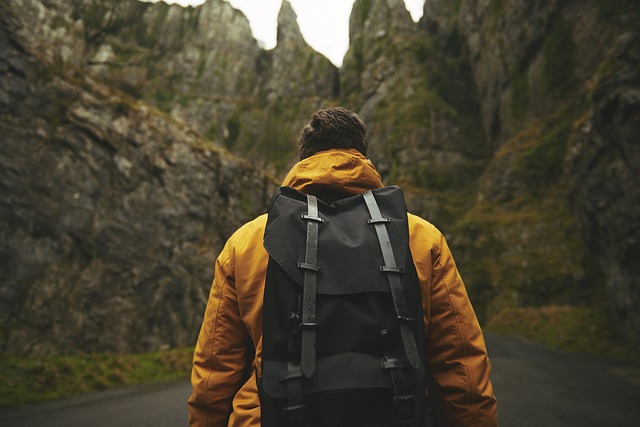
A good substitute for this is weighted walking on an elliptical or a treadmill. The key is to add a bit of an incline to the machine if you can so that it simulates climbing. Real world, outdoor training is better, but there is nothing wrong with using machines in a pinch (or if it’s fricking freezing outside).
Mountain Biking
This is my personal favorite type of cross-training – cross country riding is a great cardio workout and if you can sustain a ride for a couple of hours, it will really help your muscular endurance as well. Depending on where you live the season might be over, but keep this in mind for next summer. The downside of this is that you need a mountain bike, which is pretty expensive if you don’t already have one.
Jogging or Walking
Don’t discount a good old fashioned jog as a decent endurance workout. A good jog or a brisk walk is far better than doing nothing to prep for the season. Try mixing in some short sprints during your run for an extra pump but long, moderate effort will have the most benefit.
These don’t give you the same stress in terms of carry capacity, but will improve your cardio. Try and mix in some weighted walks or hikes if jogging is your preferred method of training.
Strength
If you’ve ever searched the internet for a strength training program, you would have noticed that there are countless programs out there. Some good, some not so good. I’m going to keep it simple for you here. If you’ve never done any type of strength training, not to worry – start slow with relatively easy weights and the chances of injuring yourself are slim to none.
Body Weight Workouts
If you don’t have access to a gym or just aren’t comfortable with weights, you can still get an excellent strength workout using body weight.
Here are a few examples of good bodyweight routines that have exercises for beginners and more advanced trainees:
- https://yurielkaim.com/full-body-bodyweight-workout/
- https://www.onnit.com/academy/basic-to-beast-complete-bodyweight-workout-program/
Weight Training
If you have access to a commercial or home gym and are comfortable with using a barbell, I would recommend starting with a program like Starting Strength to build a base of strength. Note: the guys that developed this program recommend drinking a gallon of milk a day (GOMAD) to get big on this program – don’t do this. If you want to gain some size, go for it, but bulking up is not what we want for backcountry skiing. Eat lots and you’ll still gain some muscle. GOMAD will more than likely just make you fat.
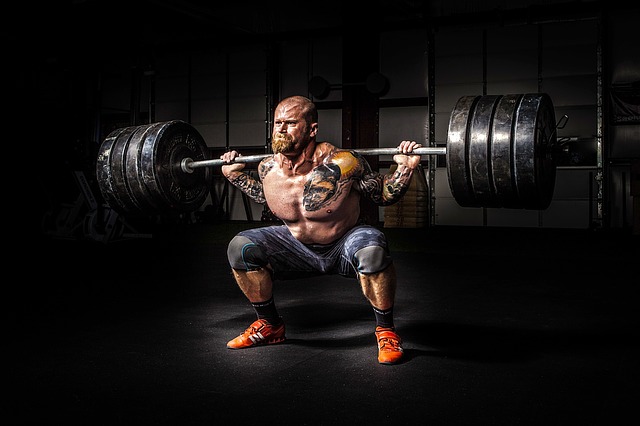
There are countless other programs out there if you’d prefer something else (Stronglifts 5×5, PPL, Classic body builder splits), but what you’re looking for as a beginner is something with linear progression. This means that you’re adding weight to the bar pretty much every workout – and getting stronger.
You only need a few months of this type of training to get more than enough strength for backcountry skiing. After that, I would highly recommend mixing in more muscular endurance type training so you don’t get too focused on building strength and size.
Leg Blasters – Prepping for Downhill
This killer program is a mix of a bodyweight circuit and absolute torture. It’s focused on getting your legs ready for downhill skiing as opposed to climbing, but there is definitely some overlap. If you do nothing but leg blasters, you’ll have a decent cardio, strength and endurance base for ski touring. Credit to the Mountain Tactical Institute, who I believe first developed this program.
Mini Leg Blasters
Stage 1 – your body is not yet ready for the full blaster, so try 5 sets of these with 1 minute of rest in between.
- 10 air squats (as low as you can go without rounding your back)
- 10 step forward lunges (5 each leg)
- 10 jumping lunges (5 each leg)
- 5 squat jumps
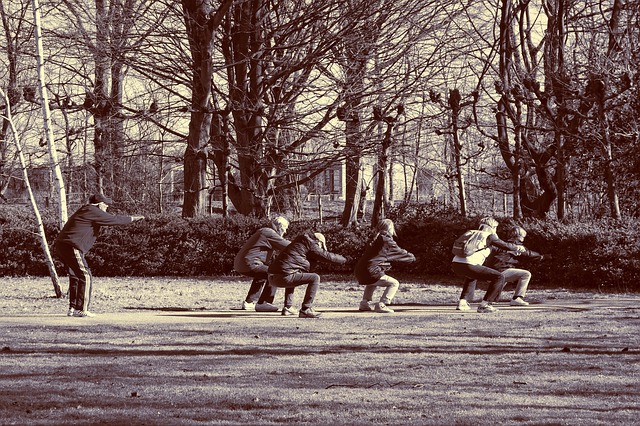
Leg Blasters – The Full Meal-Deal
You’ve conquered mini leg blasters and are ready for an additional challenge. Don’t plan on climbing many stairs after doing these.
Start with 5 sets with one minute of rest in between, and work your way up to 10 sets to become superhuman.
- 20 air squats (as low as you can go without rounding your back)
- 20 step forward lunges (10 each leg)
- 20 jumping lunges (10 each leg)
- 10 squat jumps
- Don’t puke, repeat
For Desk Jockeys and Weekend Warriors
All of the above applies to you, but there are some things that happen to your body when you spend the majority of your time sitting that should be addressed.
Issue 1: your core gets weak
When you sit, most of your core muscles turn off. This can be partially remedied by sitting with proper posture, but doing some exercises will help.
Isssue 2: your hips get tight
Sitting puts your hip flexors (psoas and iliacus, often referred to as the iliopsoas or hip flexor) in a contracted (short) position. They get accustomed to this, and become shorter and stiffer over time.
Issue 3: your glutes get ‘lazy’
Your glutes (your butt muscles) are really important for stabilizing your pelvis, and when you’re sitting they are turned off. In many people, myself included, this leads to difficulty in getting them to work properly when doing athletic activities.
Prescription
Do each of the following every second day in addition to whatever strength and endurance training you do.
- planks – 3×30 seconds
- side planks – 3×30 seconds/side
- glute bridge – 3×30 seconds
- advanced: lift one leg for 5 seconds at a time – alternate legs
- couch stretch – see this video – this really stretches your quads and hip flexors
- monster walks – get some short bands like these – they’re cheap and perfect for this.
- wrap one around your legs just above your knees; bend slightly at the waist and the knees and walk side to side, focusing on resisting against the band; mix it up by walking forward and backward as well
- This website is a great resource for glute exercises. I used to suffer from strained adductors all the time, and Bret’s techniques completely cured me.
Closing Thoughts
Everyone has a different perception of what ‘in shape’ means, and I get that. Most of us aren’t running ultra-marathons or triathlons every other week (myself included). How ‘in shape’ you want and need to be is totally up to you and the group that you like to ski with. But remember this – if you still have some energy left once you’ve finished your climb, you’ll enjoy the journey down a heck of a lot more.
2 thoughts on “How to Get In Shape for Backcountry Skiing”
It’s great to come across a blog every once in a while that isn’t the same out of date rehashed material. Fantastic read.
Some great options that are good training AND fun:
Skating: Iceskate or rollerblade.
XC skiing, both skate and classic, as well as rollersking(summer).
All of those work both cardio AND muscular endurance/strength (depending how and where you do them), plus they are way more fun than running especially a gym.
Classic skiing on snow also teaches you about grip and glide.
Comments are closed.